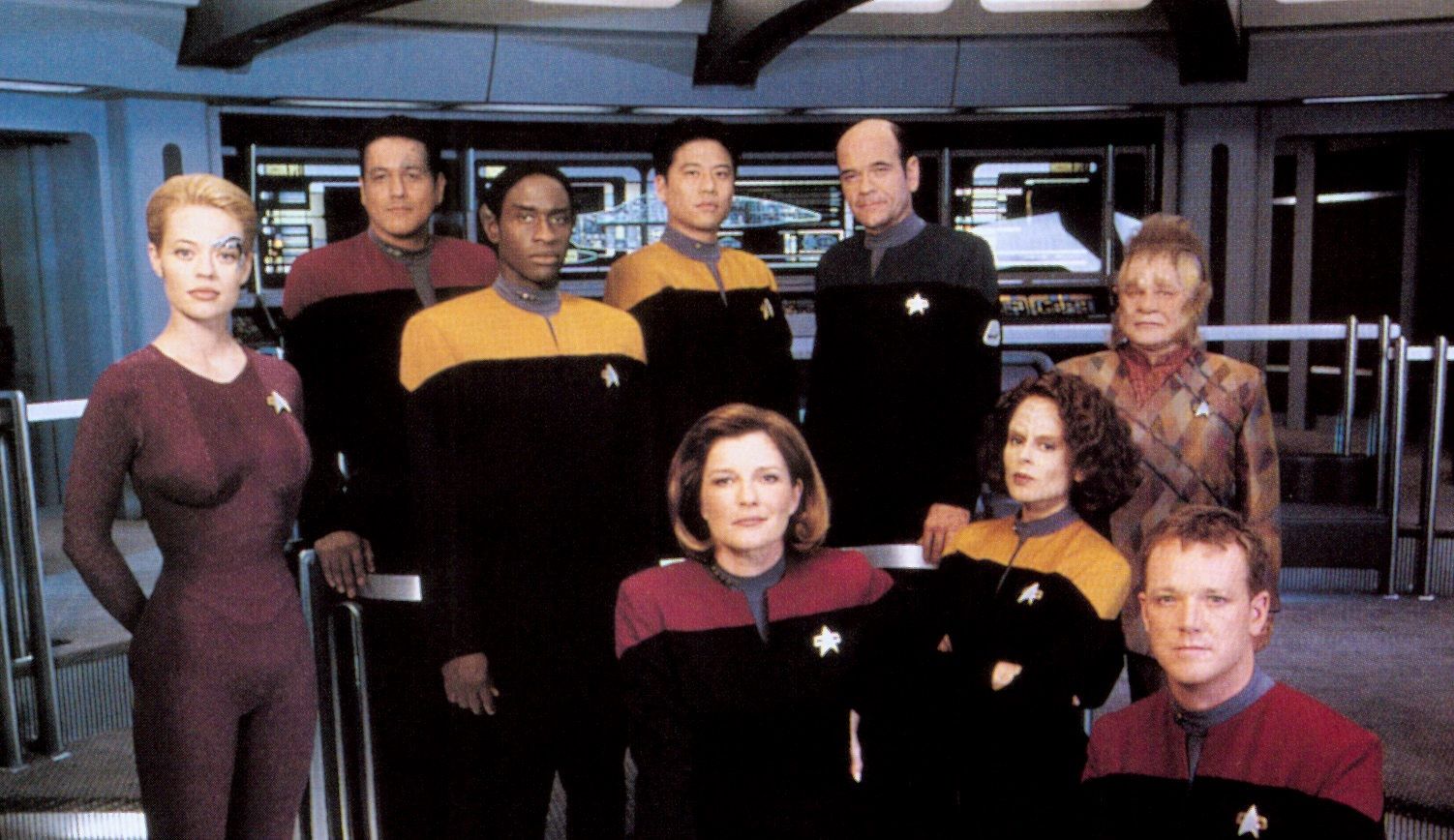
Each Star Trek series has had their fair share of drama, controversy, and change. Some were minor (the uniforms in The Next Generation), and some were major (changing every character except Spock after The Original Series pilot). Star Trek: Voyager was not exempt from change, either thought out in advance or sudden.
When a TV show lasts as long as Voyager had, there’s some expectation that abrupt modifications will occur. Actors and actresses quite or decide to leave; networks request changes to episodes or storylines before they are aired; and producers and writers often alter scenes and dialog as the show is filming a script. All these happened on Voyager. Last-minute changes will either hurt or help an entire show or even a single episode. Thinking something like that was beneficial or harmful is a matter of opinion. However, a consensus on the opinion can’t be discounted. The items on this list - whether they saved or hurt Voyager - have either the majority of fans agreeing or comments from the cast and crew supporting a decision and why it saved or hurt Voyager.
What’s interesting is that those last-minute changes are rarely known beforehand to fans. You find out in interviews and articles and DVD extras, or sometimes at comic conventions years after the show has ended! Learning what was supposed to happen prior to the change makes for interesting speculation. The show clearly would have been different, but would it have been better?
Here’s Star Trek: 14 Changes That Saved Voyager (And 6 That Hurt).
20 Saved: Paramount Allowing a Lead Female Captain
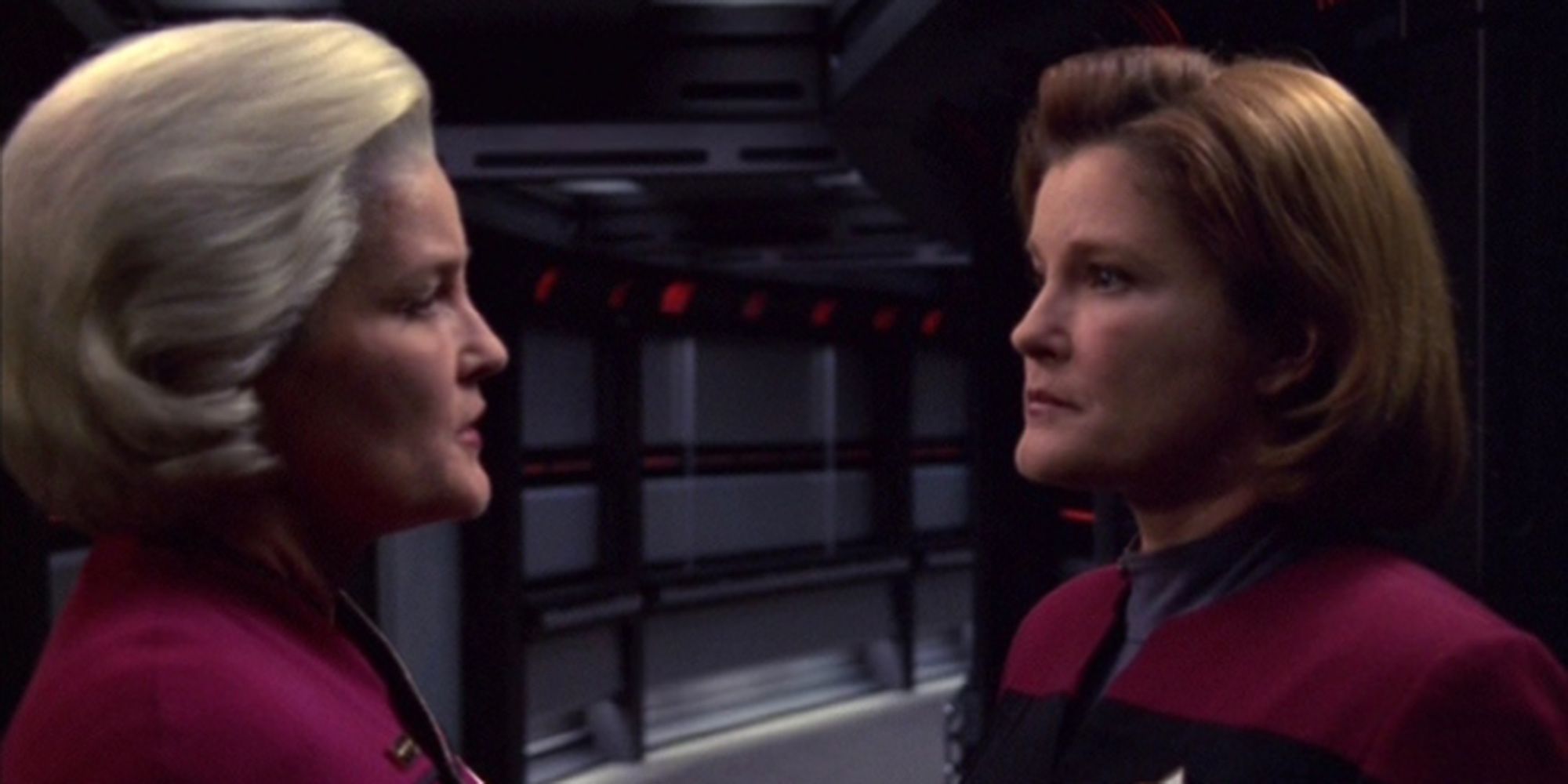
In the original series’ pilot, NBC ordered Gene Roddenberry to get rid of the woman first office because she was “too threatening.” In the original series final, one female character stands against the “chauvinistic Starfleet” that didn’t allow female captains.
Paramount reportedly stated to Berman, “Let’s not close the door to men. Look at men as well” when they were forced to recast. They didn’t refuse casting a woman, but no one at the studio was sure they’d “find the right woman.” The day shooting was to begin was reportedly when they made the decision to have a female Captain for sure.
19 Saved: Neelix's Exit

When the seventh season started, Neelix had already been determined to leave Voyager. Producers didn’t even know if the ship was going to make it home, but they did know that Neelix wasn’t part of any ending.
Neelix wasn’t the most consistent character.
An executive producer said that, “We often said, ‘What would happen if Neelix ran into Talaxians and had to make a decision?” That’s exactly what happened in “Homestead”: Neelix found his own kind living on a re-purposed asteroid, and he fought with deciding to live with him or stay with Voyager. Ultimately, he chose the Talaxians. Because Neelix was leaving, producers decided to push the episode closer to the end of the season. The episode was so secret, multiple endings were shot with Ethan Phillips (Neelix), so no one absolutely knew the outcome.
18 Hurt: Kes Leaving
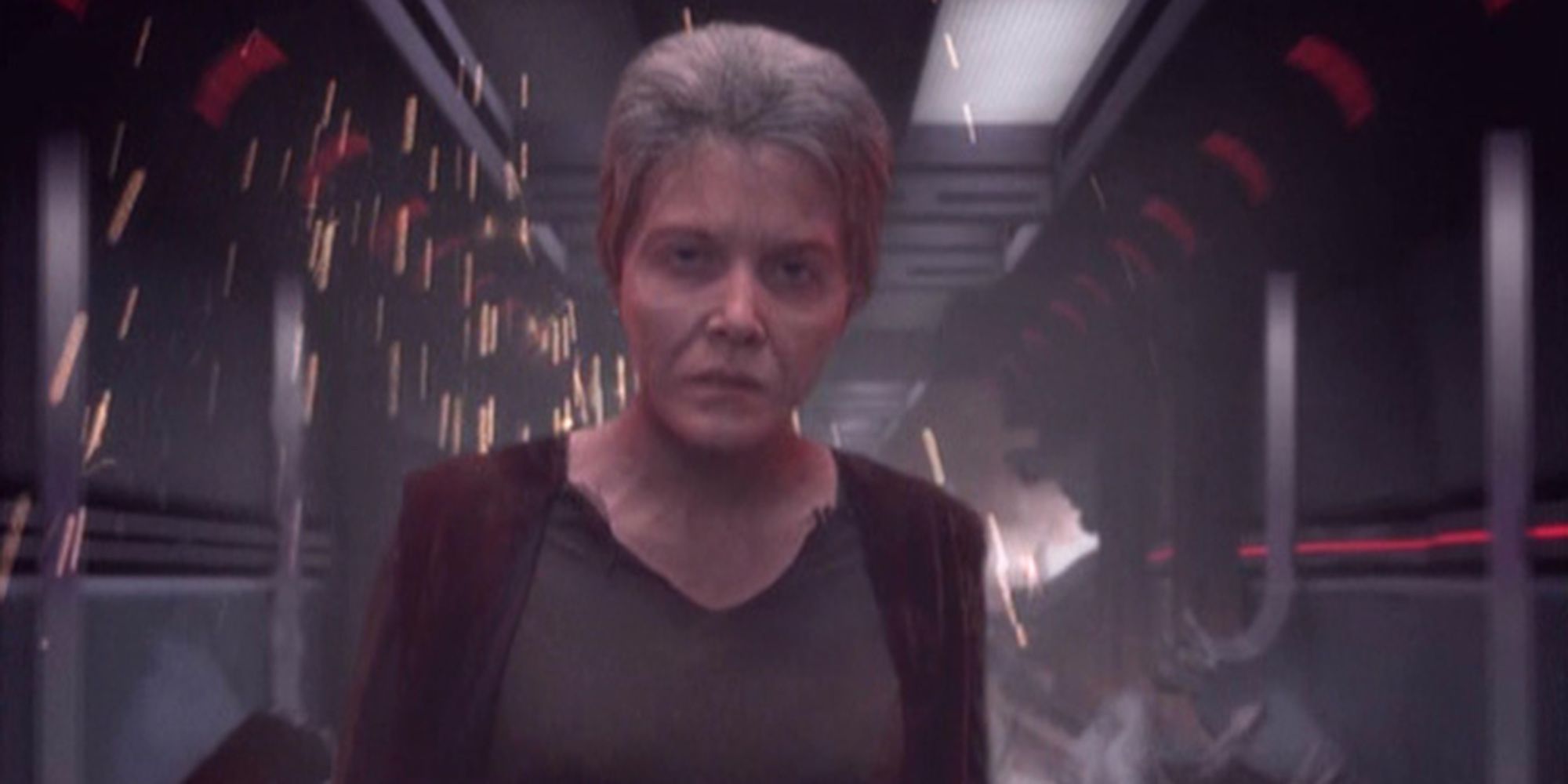
Kes was an underused character. As an Ocampan, Kes had a lifespan of about nine years. Her race dealt with a catastrophic even that drove them underground. The Ocampans were one of the more interesting races to come from Voyager.
Unfortunately, real life intervened, so writers had to develop a storyline to fit, but it hurt the progress the writers made with story arcs and single episodes in Voyager. Because she has telepathic powers, Kes began “communicating” with Species 8472, who enhanced her abilities. She began breaking down sub-atomically, causing harm to Voyager. She left on a shuttle to explore her new abilities, eventually turning ethereal. It sure sounds hastily put together.
17 Saved: Casting Kate Mulgrew
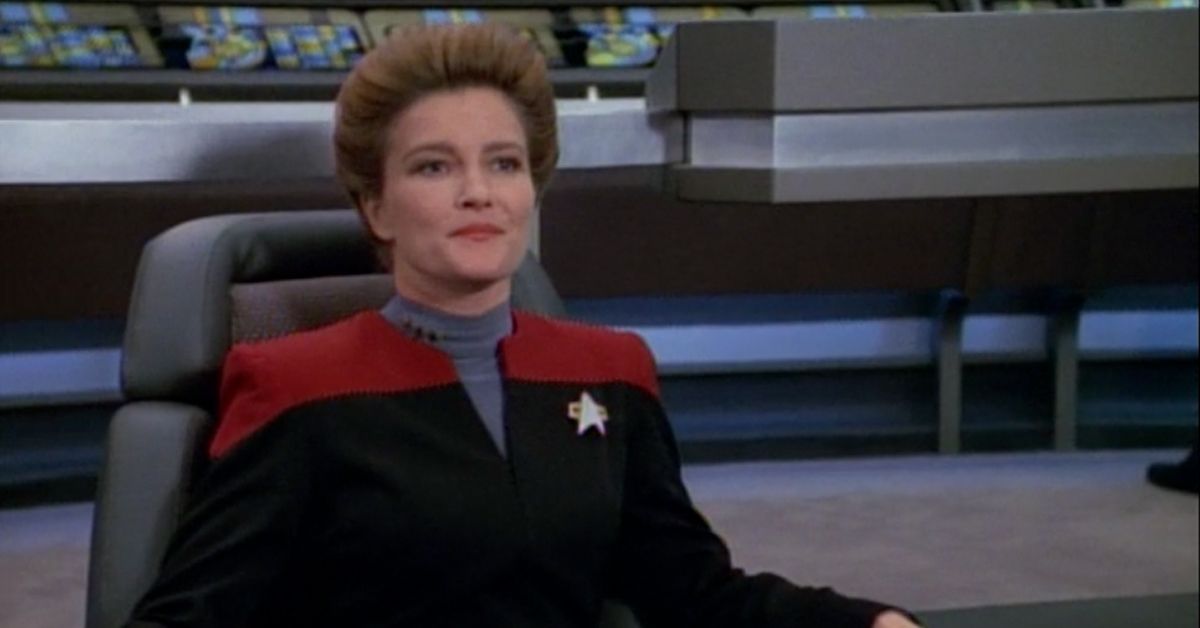
Showrunner Rick Berman was heavily criticized for the perception he was over-extended during pre-production for Voyager. He was finishing the finale season of The Next Generation, working on Deep Space Nine, and a new Star Trek movie.
Yes, they were left high and dry with an empty Captain’s seat, but luckily, they had Kate Mulgrew’s audition tapes.
At the time, Mulgrew was newly divorced and looking to move from her house to an apartment when she received the offer for the role of Captain Kathryn Janeway. (”Kathryn” was suggested by Mulgrew.) Not only did she save the series accepting a coveted Captain’s role, but she also named the part!
16 Saved: Adding Seven of Nine
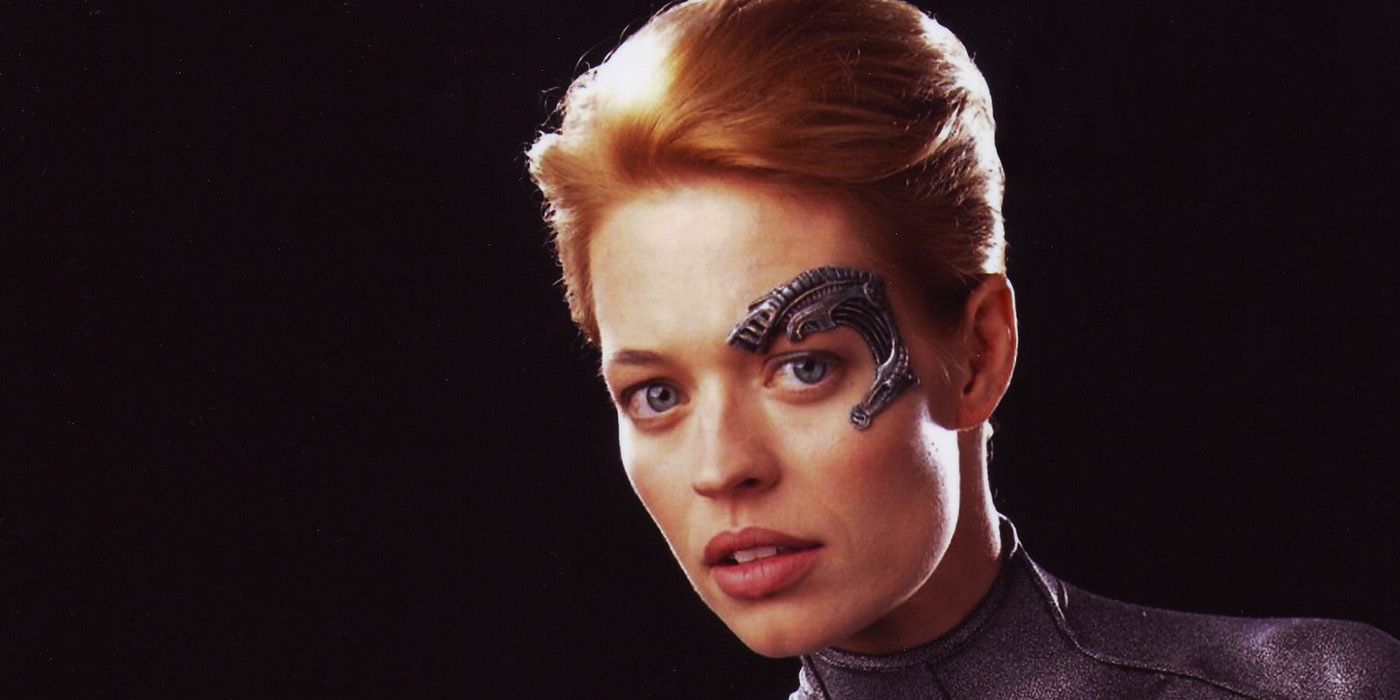
As much animosity that stemmed between Kate Mulgrew and Jeri Ryan, adding the character Seven of Nine was an excellent decision. The idea was a new take on including the Borg in a Star Trek series and it worked for the rest of the show.
Seven of Nine was introduced in the fourth season as a Borg “saved” from the collective. She gave writers the opportunity to explore humanity and develop a character that contrasted Captain Janeway. Soon, Ryan became one of the more popular actors on Voyager playing a character that quickly became a fan-favorite. Seven replaced Kes, a character that was not improving, and it’s possible if Ryan hadn’t come in as Seven of Nine, Voyager would have been received so well.
15 Hurt: Chakotay and Seven's Romance
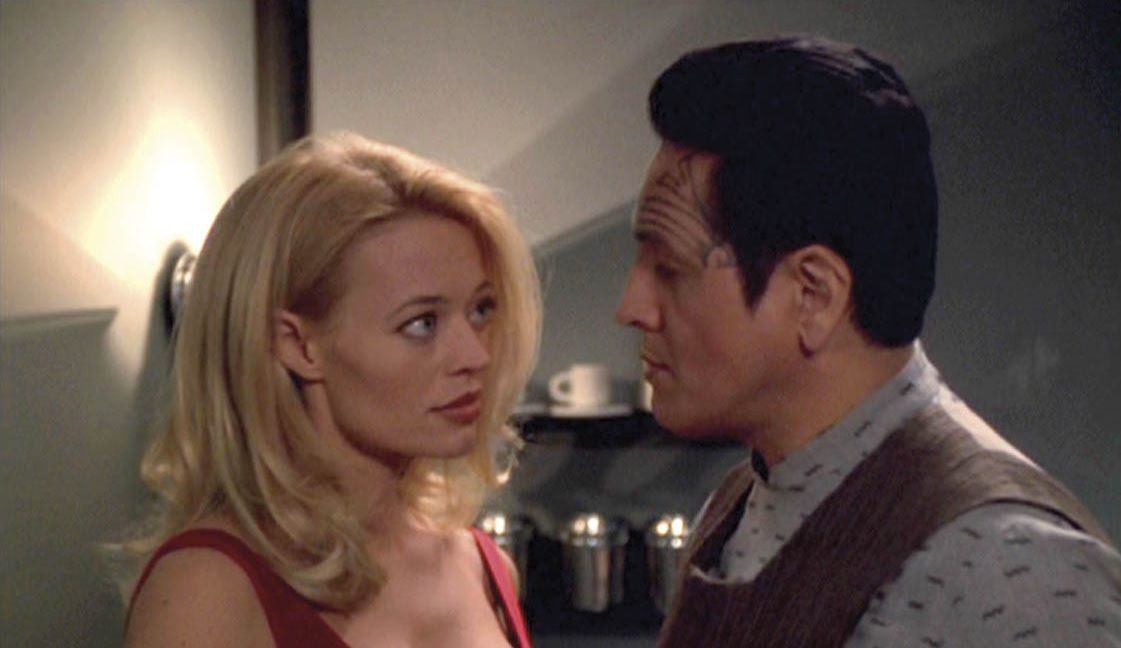
Simply put, the romance between Chakotay and Seven of Nine was unnecessary. Robert Beltran felt he helped propel the storyline between the two characters because he challenged Brannon Braga to have a scene where Chakotay and Seven kiss. Braga and Jeri Ryan were dating at the time, and Beltran claimed, “Brannon would never allow that,” insinuating Braga would be jealous. Beltran has always had a history of criticizing the writing and character development of the show, and hastily getting Chakotay and Seven together in “Endgame” helped bolster Beltran’s opinions.
Much of the final episode was thrown together, according to Beltran, but he stated that their romance is “sudden, but it’s good stuff.”
He wished the relationship was established much earlier to it had time to develop. Who knows what could have been between Chakotay and Seven.
14 Saved: Removing the Kazon
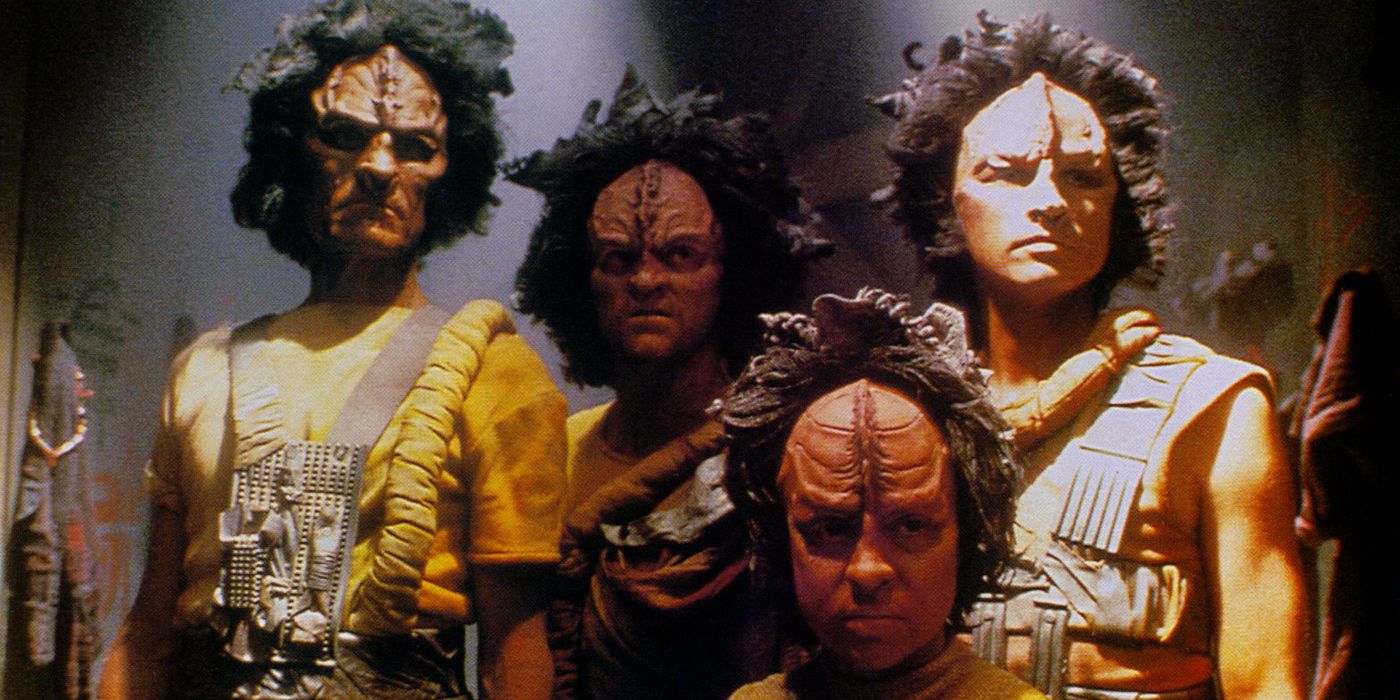
The Kazon race quickly became a sore on Star Trek: Voyager. They use violence as a means of survival. They are nomadic and look down on women and pride themselves as a warrior race. Sound familiar? As villains, the Kazon were weak, with an intelligence that makes you wonder how they even survived as long as they have.
When the decision to remove them hit the cast and fans, it was met with nearly unanimous agreement. These poor-man’s Klingons provided no real antagonism and were too much of a focus for the first two seasons. This hurt Voyager because the time and creativity used on the Kazons could have been better spent and used on a stronger race.
13 Saved: More Tom Paris
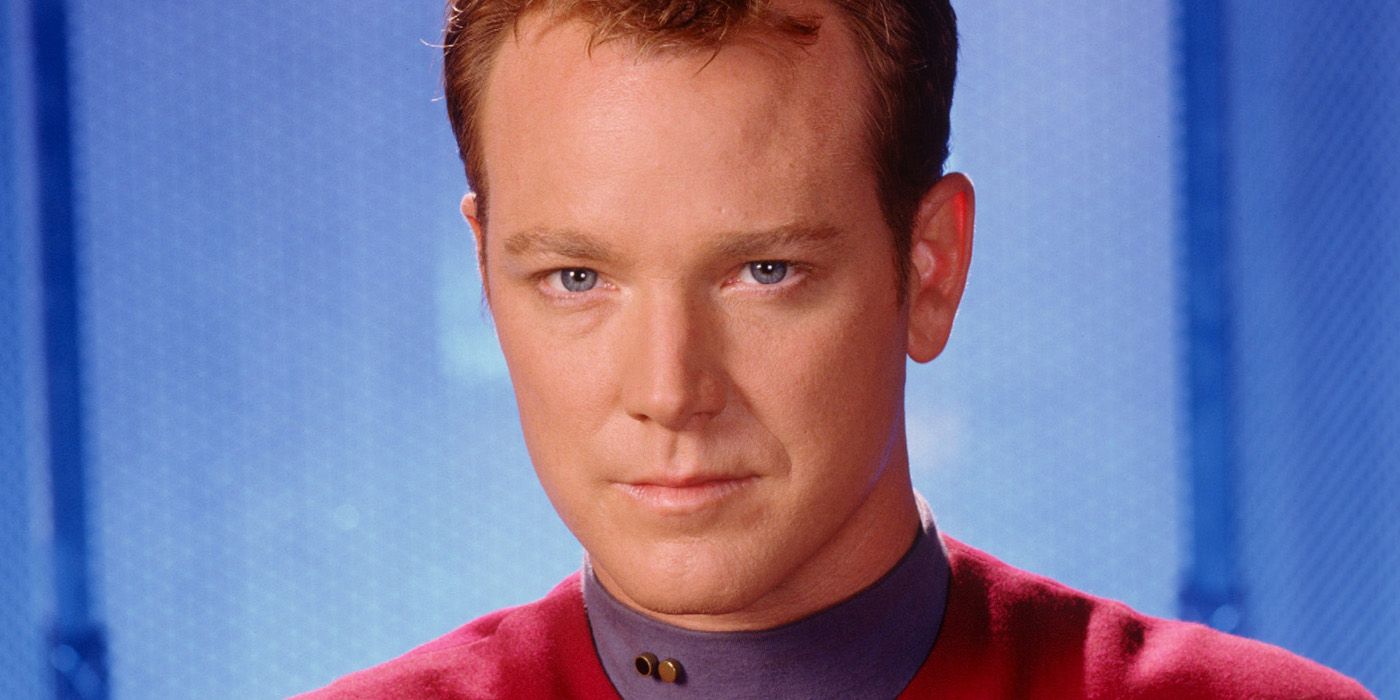
Here's a change that saved one specific episode. In “Investigations,” Neelix attempts to find who is a traitor aboard Voyager by using his morning news program, A Briefing with Neelix. The program was about tidbits about members of the crew, with segments from members like the Doctor, who talked about health topics. Originally, Paris’s storyline was wrapped up in a few scenes, according to Robert Duncan McNeill in Captain's Logs Supplemental, but in a “last-minute save” more of Paris was revealed.
Not as much of Neelix’s program was shown in the episode, which saved that episode because Tom Paris was a central character for “Investigations".
McNeill still said, “There still could have been more explanation of what I had been going through.”
12 Hurt: Conflicts Over Mulgrew's Hair
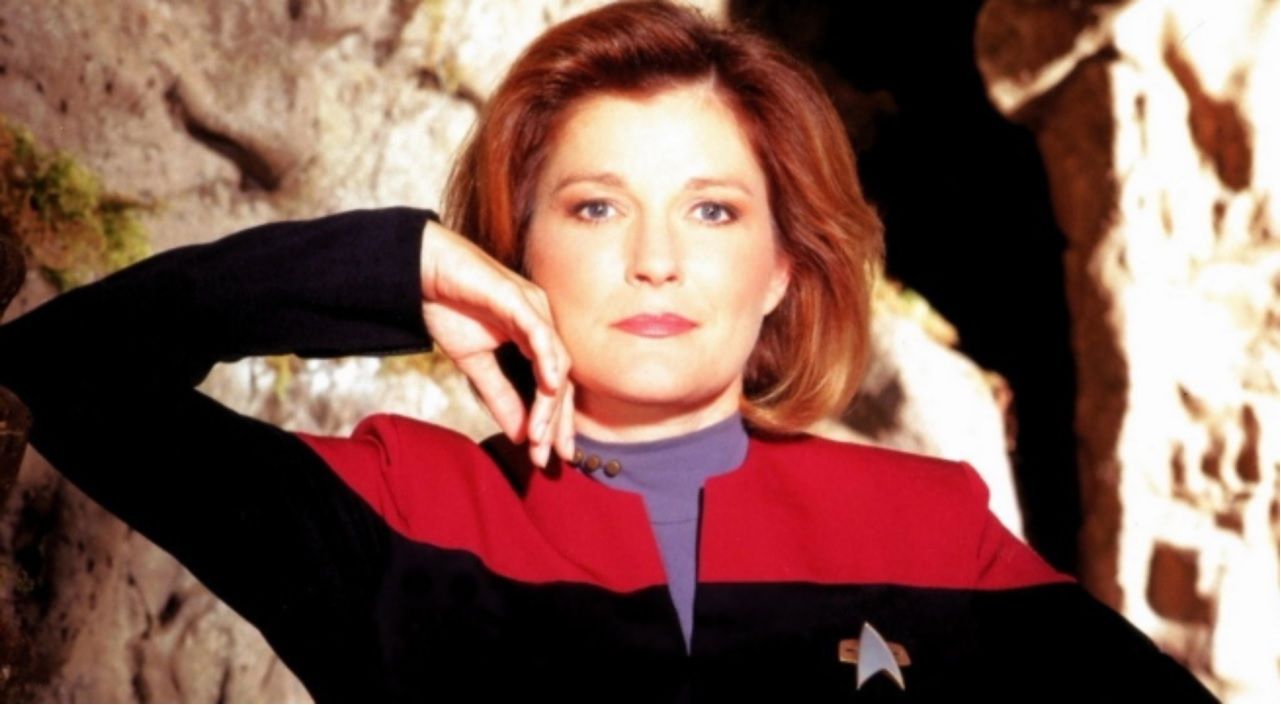
The more money a show has to work with, the better it could be right? Mulgrew had so many hair changes in the pilot episode of Voyager that many scenes had to be re-shot. This caused the pilot to be one of the most expensive episodes ever for Star Trek.
At first, Mulgrew’s real hair was used, but then changed to a bun, then a French Twist.
In early episodes, you saw the “side-twist ponytail” and the shoulder bob. For a few episodes, there was the short hair. Eventually, Mulgrew wore her hair the way she had originally intended, which was approved for the rest of the series, even though it was rejected at the beginning of the series!
11 Saved: Keeping Garrett Wang
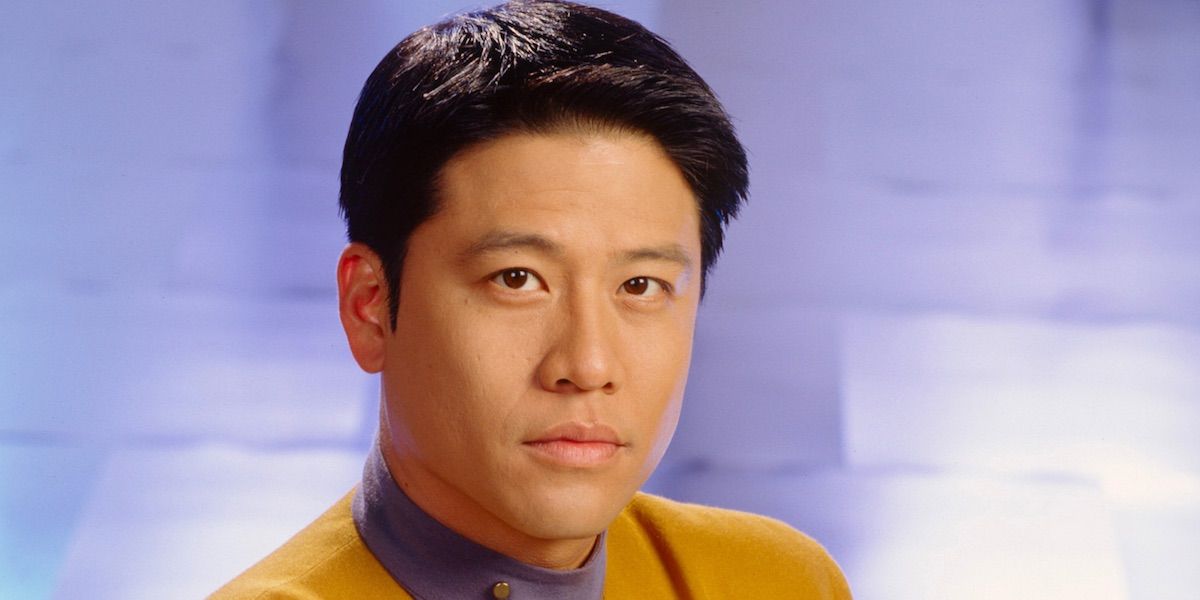
Sometime between the third and fourth seasons, a rumor circulated that Harry Kim was going to be written out and Garret Wang would be fired. Clearly that wasn't the case.
Eventually, the producers decided to keep Wang on the cast, and the actor wasn’t sure why they changed their minds. Garrett told the official Voyager magazine that he thought that his fellow cast members had something to do with that or that his character’s demographic is one that that the others characters don’t represent. Of course, it didn’t hurt that People magazine named him one of the 50 most beautiful people in 1997.
10 Saved: Genevieve Bujold Quitting as Janeway
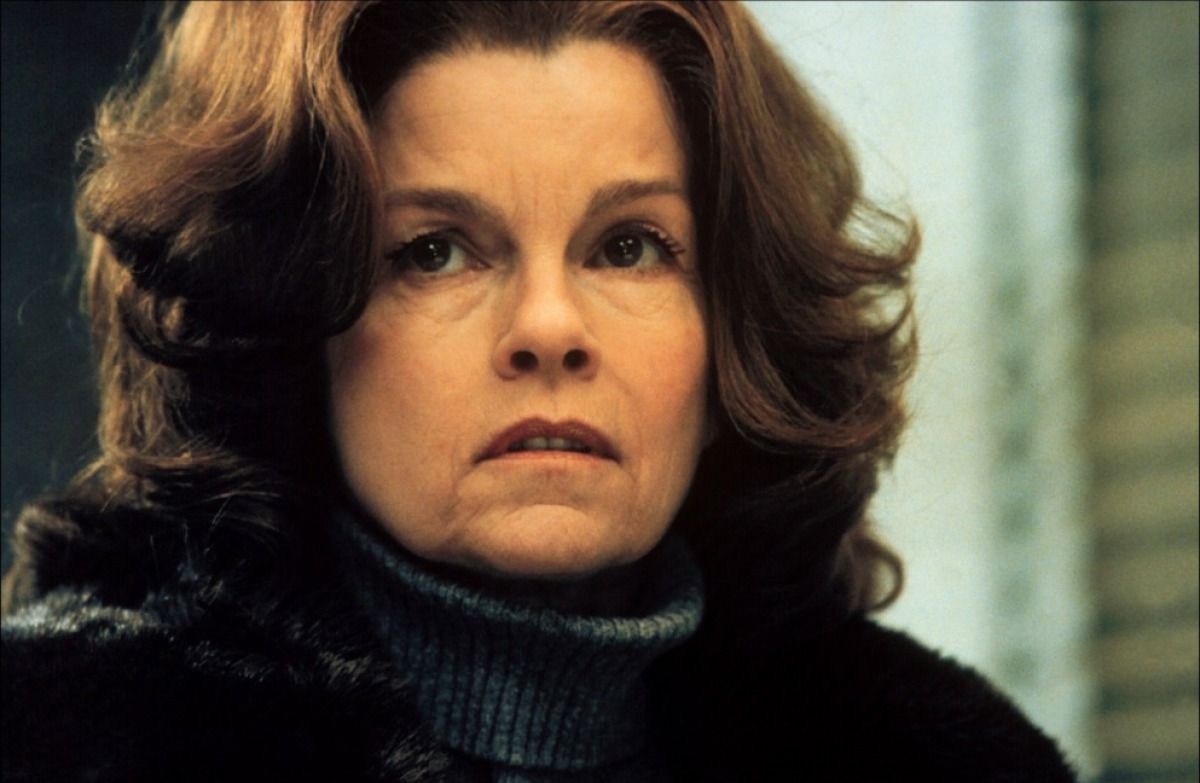
Genevieve Bujold was first cast as Captain Elizabeth Janewas, but within three weeks sitting in the Big Chair, she quit. Bujold is an award-winning actress. Sources stated that Bujold had not been prepared for the work on a weekly TV series. There were reports of long days, barely going home sometimes, and other cast members poking fun at her about it.
Right after Bujold left, Joanna Cassidy, Susan Gibney, Elizabeth Dennehy, Tracy Scoggins, and Lindsay Crouse were considered to play Captain Janeway.
Thankfully, producers didn’t manageto convince Bujold to come back and instead picked Kate Mulgrew for the part.
9 Saved: Expanding the pon farr Lore
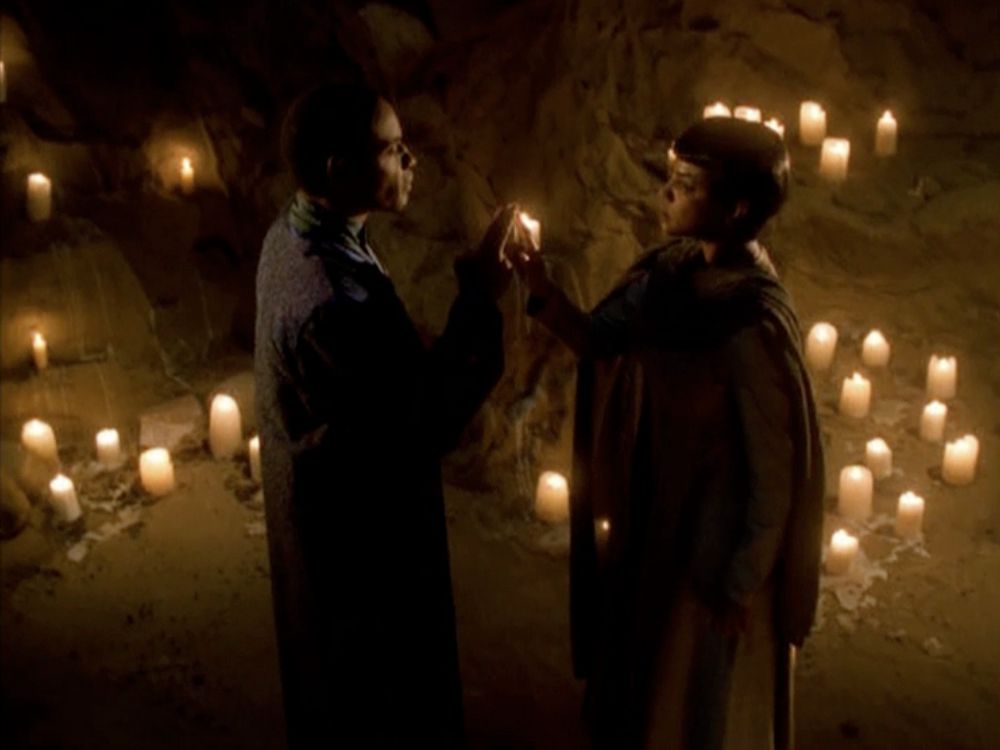
Pon farr is a concept that was introduced in the original Star Trek series. It’s a unique physiological feature of Vulcans that basically forces them to mate every seven years or they suffer violent internal afflictions. However, pon farr didn’t have a lot of background information or story.
Tim Russ spoke on how the writer’s handled Tuvok: “I thought they [the writers] did a very good job. They explored a number of scenarios for him…” He said he was very happy with how the show explored the character. For the pon farr episode, Russ stated they had to make up a lot of things since the idea didn’t have a “large knowledge-base” and “We had to extrapolate a lot on that.” It’s always a good time when Star Trek expands on ideas with little or no background.
8 Hurt: Brannon Braga Taking Over
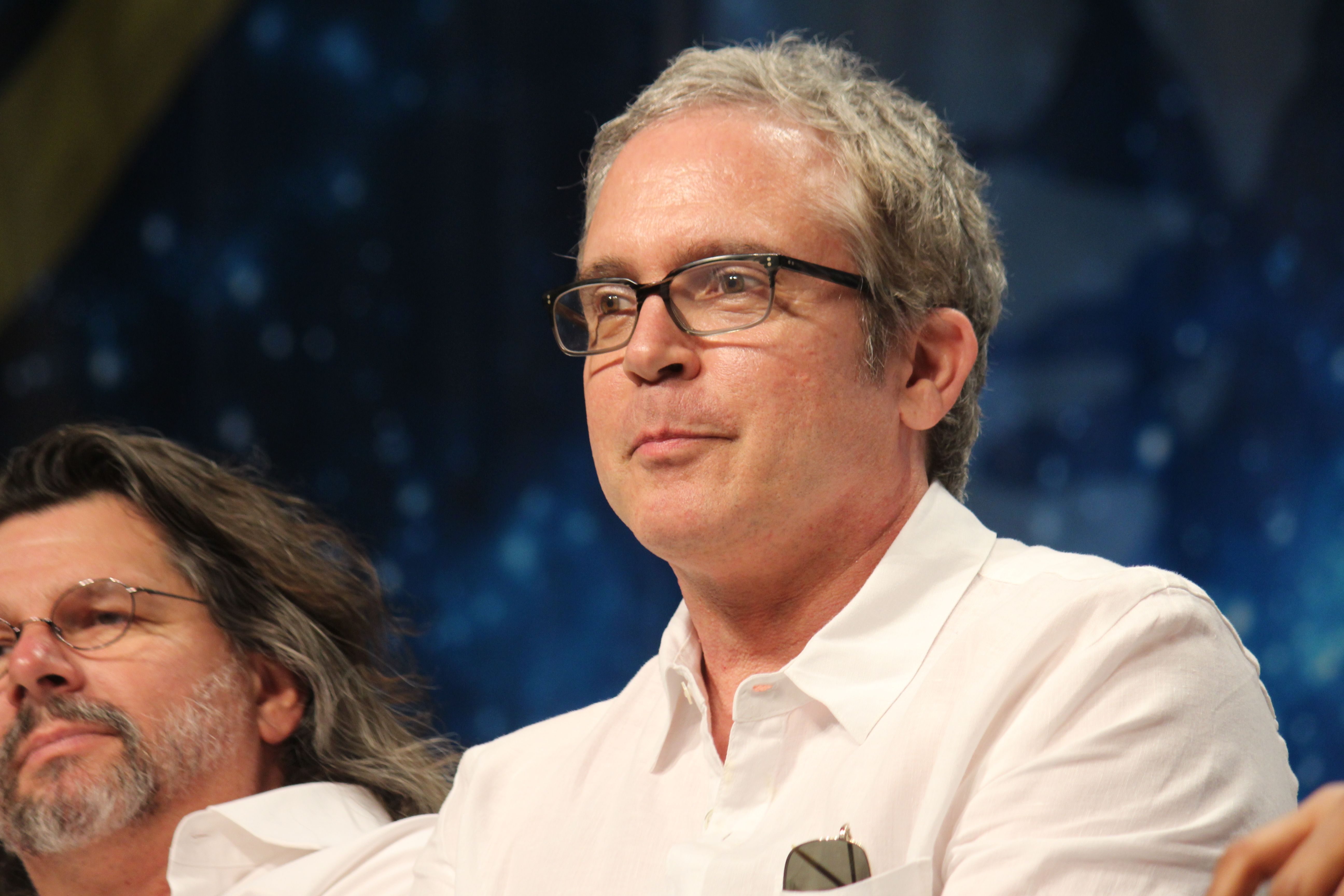
Brannon Braga took over co-executive producer duties on Voyager when Jeri Taylor retired. This didn’t please Robert Beltran, because he voiced his annoyance that the showed suddenly shifted focus to Seven of Nine, Captain Janeway, and the Doctor.
This left other established characters in the dust.
Beltran was really unhappy with Braga’s refusal to really listen to the actors: “During the Michael Piller-Jeri Taylor years, they listened intently [to what the actor had to say and concerns over his/her character].” Perhaps if Braga would have listened more, as Beltran claimed he didn’t, we might have had better developed secondary characters.
7 Saved: Casting Robert Picardo as the Doctor
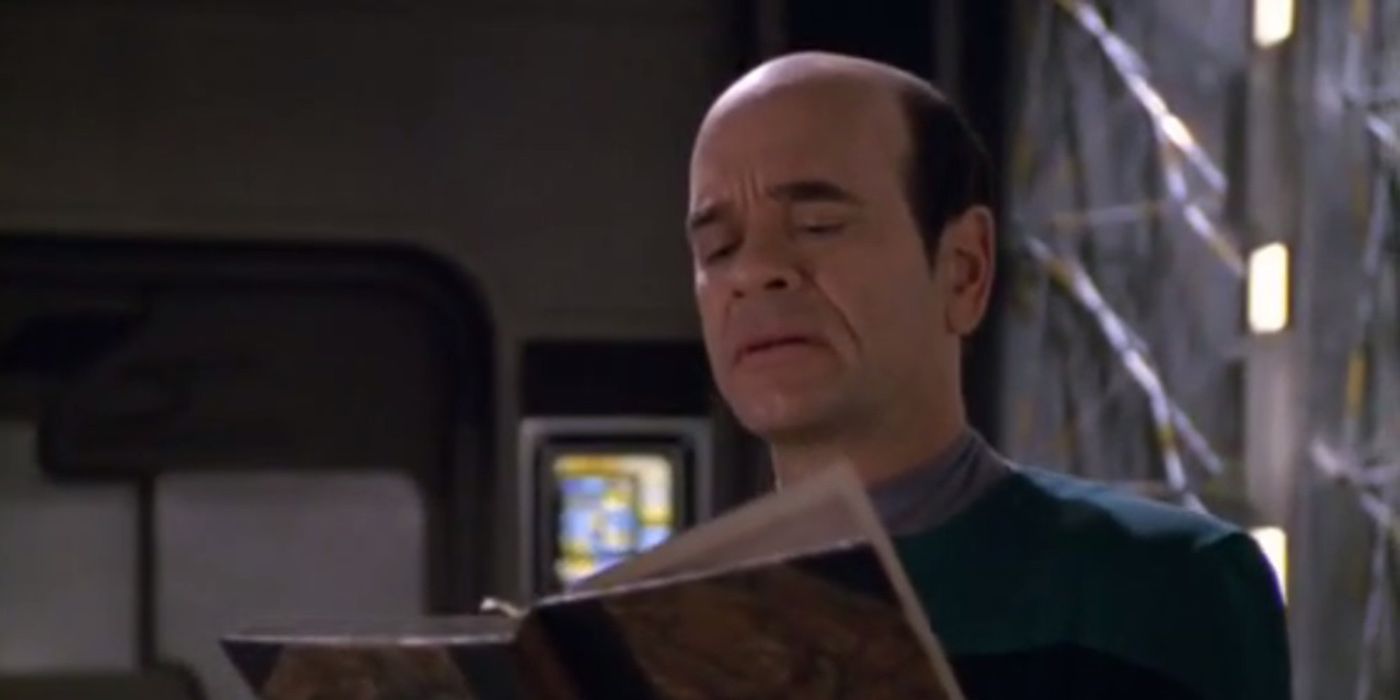
Robert Picardo was the last actor that joined the show when the pilot episode was set to film. He was “the last guy to come in, and everybody has already established relationships.” Picardo felt he had to prove himself. The actor felt he got the worst part in the show. He had “so little to do in the pilot.” He felt happy he got a part in Star Trek, but that it was the worst part.
He took that opportunity to learn about science fiction from the “inside out.” Picardo eventually learned that the A.I. part of his character was in the family of what Star Trek wanted it in relation to a Vulcan. The actor took that and had one of the fan-favorite roles in Voyager.
6 Saved: Sticking with Mulgrew
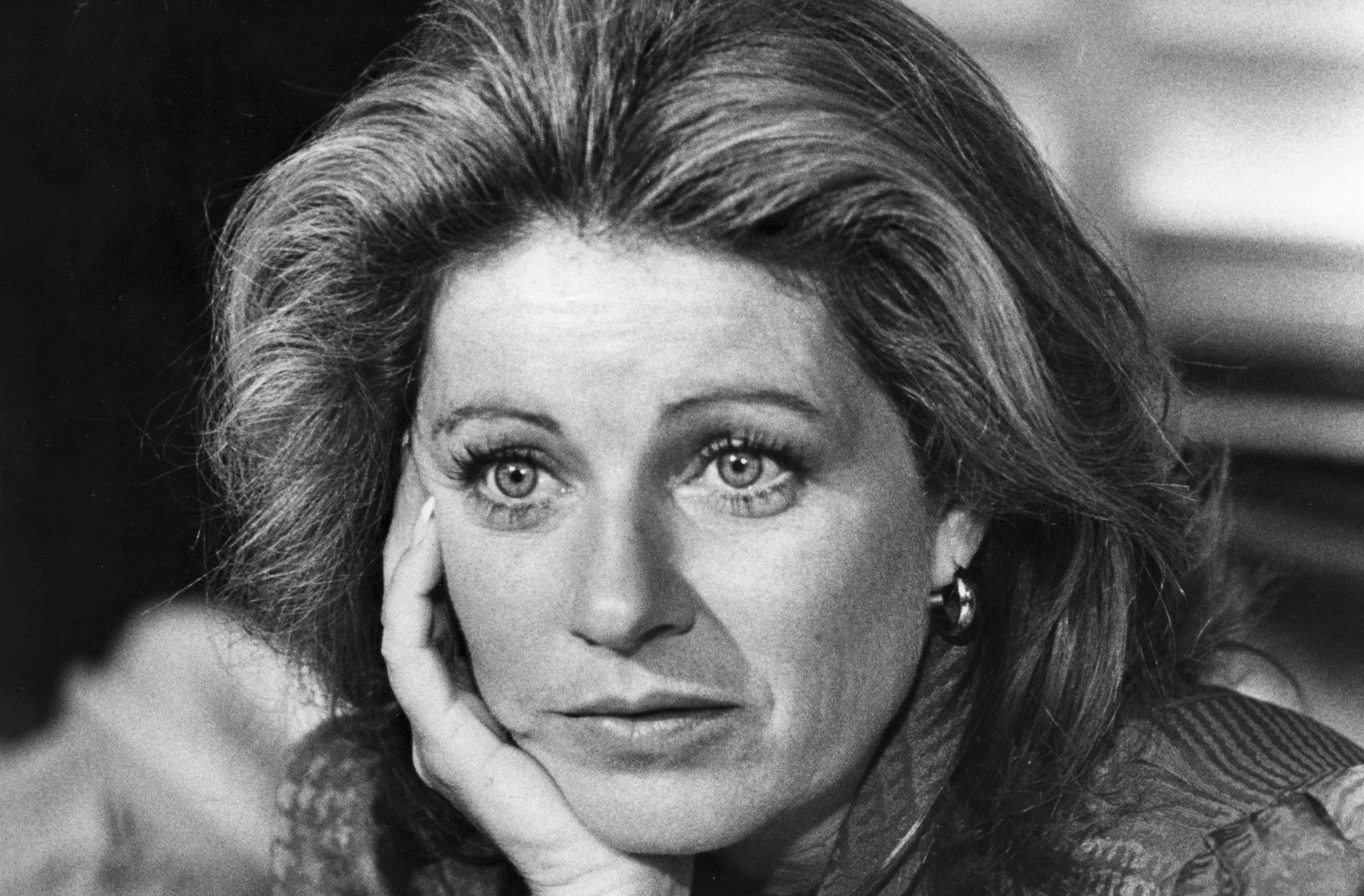
Before Bujold was first picked to play Janeway, other actors and actresses were considered. Before producers settled on a female captain, males were still auditioned. Gary Graham (Alien Nation) was nearly two captains in Star Trek. He almost played Sisko in Deep Space Nine. But Paramount and the producers wanted a female captain and passed on Graham.
Another interesting choice to play Janeway was Patty Duke. With Emmys, a Golden Globe, and Oscar to her credit, Duke might have made the role unique. Susan Gibney not only auditioned first for Janeway, she had also been considered for Seven of Nine. Bujold could have been a good choice, but after she quit the show, Mulgrew was clearly the right person for Janeway.
5 Saved: Using More CGI
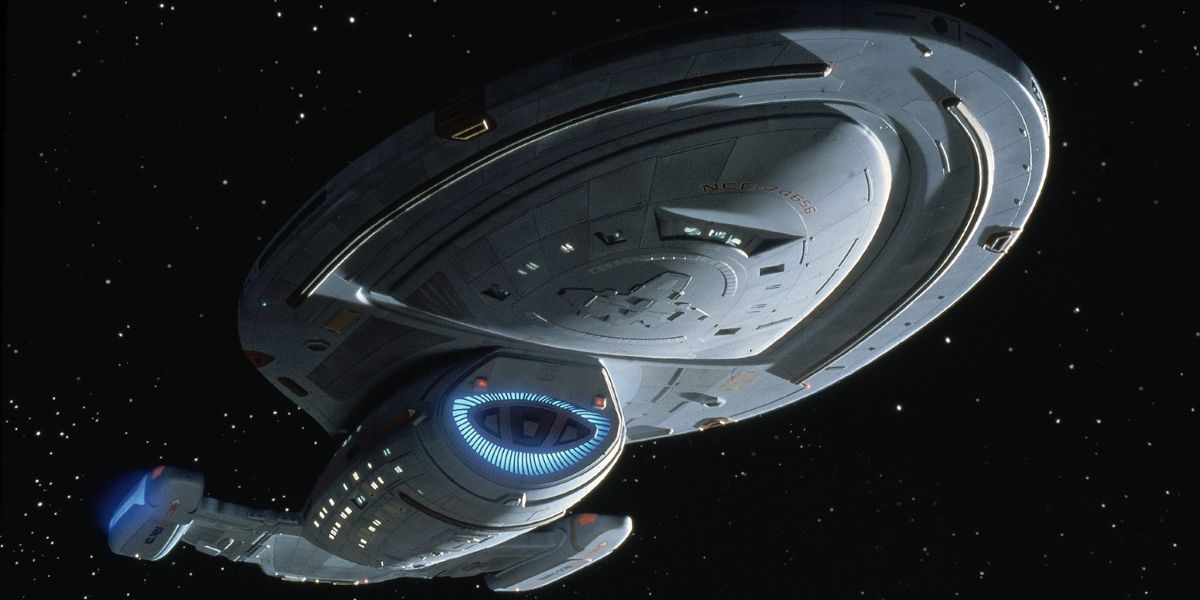
Star Trek wasn't new to CGI effects when Voyager came along. A physical miniature ship was used for practical filming, visual effects were planning to use all CG models as the series neared the end. Using CG models sped up filming, reduced production cost, and made re-shooting much easier. This decision to use more CGI made the show look crisper and cleaner.
Voyager and the visual effects studio won two Emmys for their special effects and one International Monitor Award for Electronic Visual Effects.
An interesting tidbit about CGI is that the opening sequence was done with three shots of the physical studio model, and three shots with Amblin Imaging’s Voyager model.
4 Hurt: Ron D. Moore Quitting
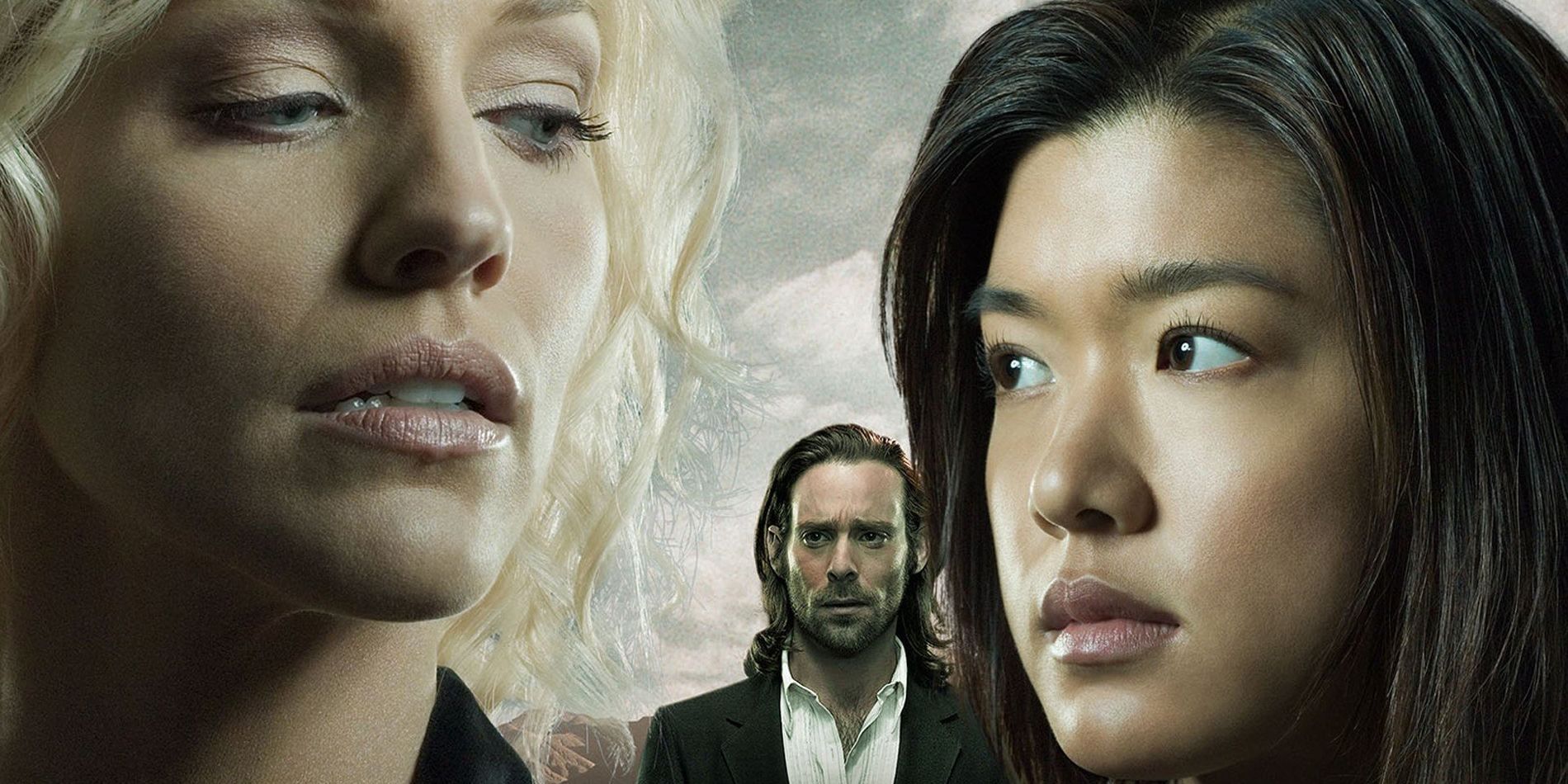
Ron D. Moore was a veteran Star Trek writer prior to joining Voyager. He spent six years with The Next Generation and five years on Deep Space Nine. In 1999, he was brought on to Voyager, when Brannon Braga was running the show. They had worked together before, so things should have gone smoothly. But they didn’t. Within weeks, Moore quite Voyager, leaving behind “Survival Instinct” and “Barge of the Dead” as the only writing credits under his name.
Moore stated there was a “breakdown of trust” and he wasn’t allowed to “participate in the process [writing].” Moore was a talented and knowledgeable Star Trek writer and it’s easy to imagine the powerful episode he could have written for Voyager.
3 Saved: No Romance for Janeway
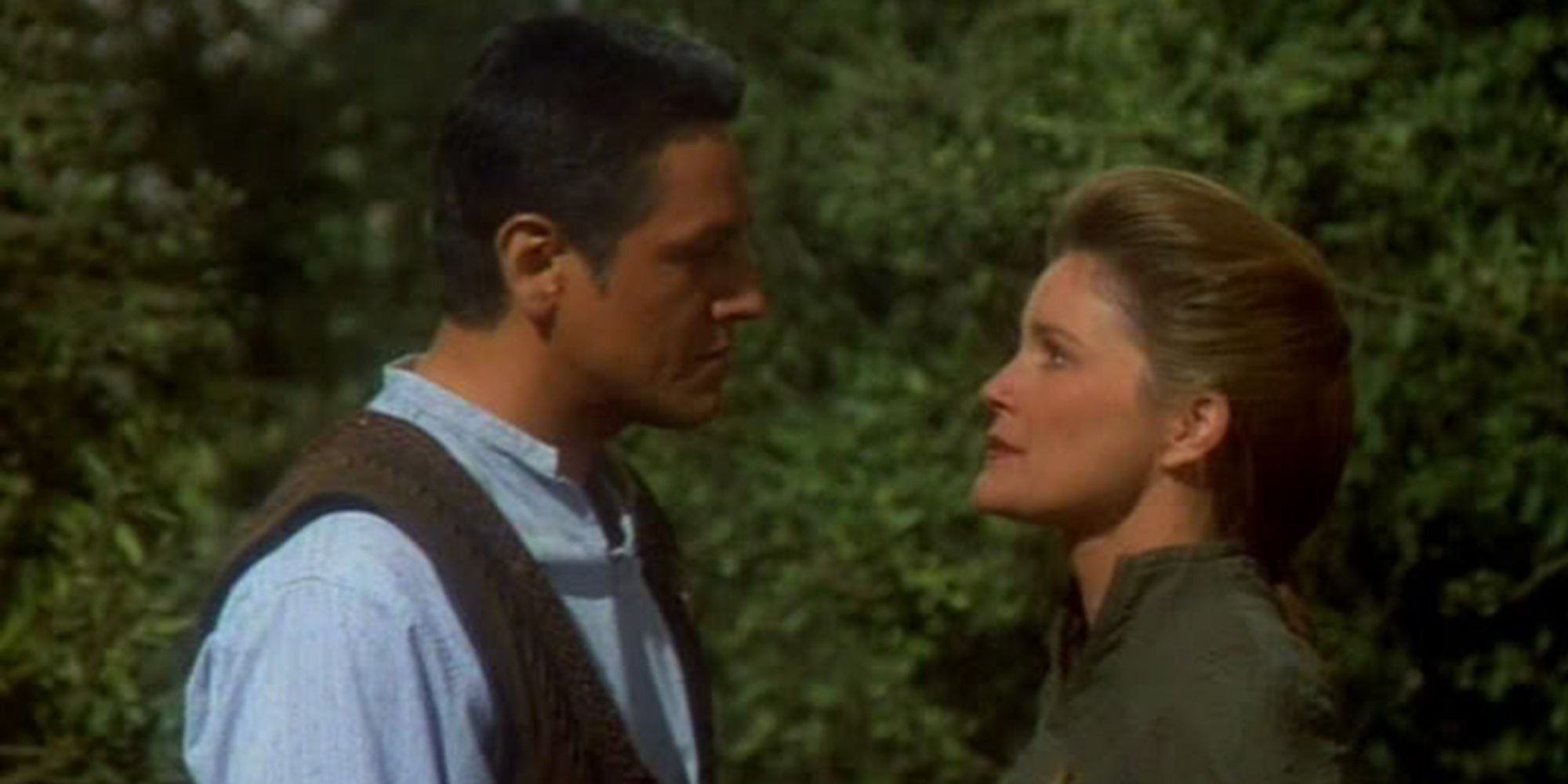
Kate Mulgrew was adamant about not objecting Captain Kathryn Janeway in Voyager. Janeway had a few minor relationships throughout the series, but no long-term romantic relationship. When it came to the writers and producers pushing for a deep, romantic relationship with Chakotay, Mulgrew outright refused. “I said I’m not going to sleep with Chakotay, it’s not going to happen.” She told them they “have to go somewhere else for it.”
Fans were glad she did it because her character didn’t need that for her development.
That tense moment, when Mulgrew was standing up for her character was one of the most memorable moments working on Voyager, according to her at a comic con in 2017.
2 Saved: Using Leonardo da Vinci for Janeway
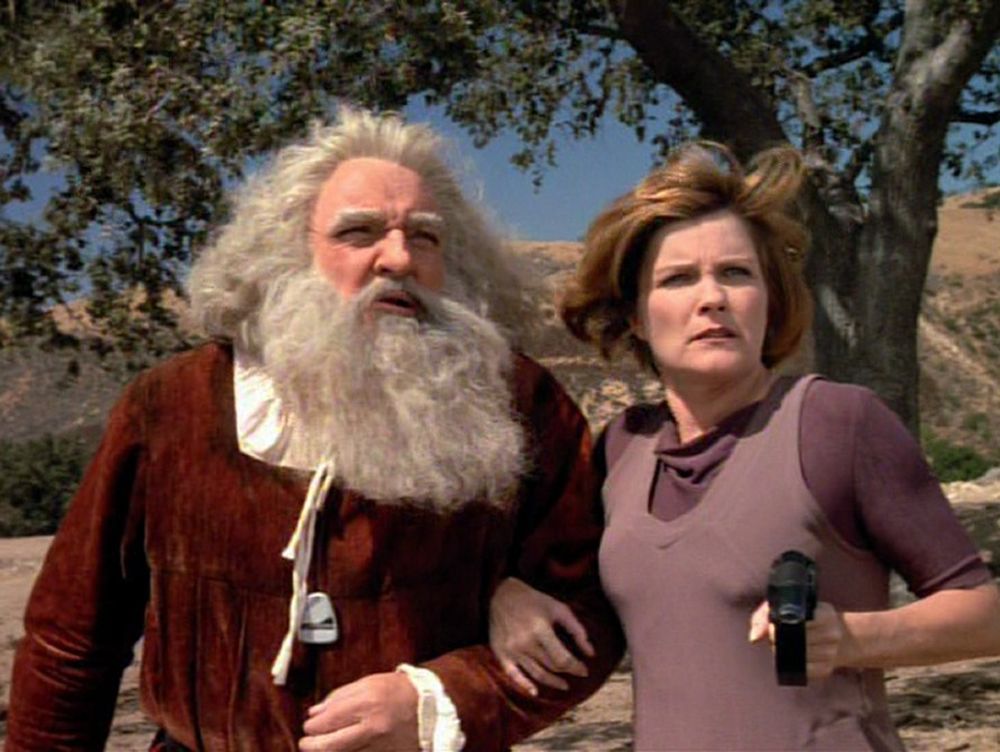
Very early on in the series, you learn that Kathryn Janeway has an intense passion for science. In many episodes, she pontificates theories and solves problems that were usually left to engineers and science officers in other Star Treks. Somewhere in Janeway’s story, Mulgrew thought the captain was “getting a little stiff.” Mulgrew wanted something to round her out, to give her more layers. She suggested she interact with Leonardo da Vinci via hologram.
This actually provided two saves. First, it humanized Janeway, gave her someone to bounce ideas off of and to humble her with mundane tasks with one of the world’s greats artists. Second, it focused more on Janeway’s loneliness. Sure, she had a ship full of people, but she needed someone to ground her to her scientific desire.
1 Saved: "Drone" Episode Ending
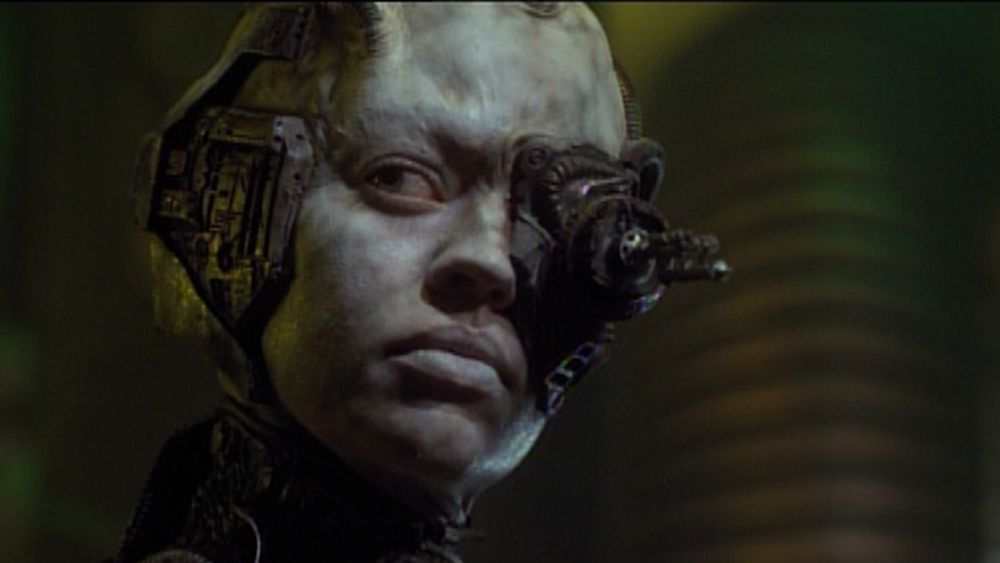
As much gaff as Brannon Braga received from cast members, he remains an essential Star Trek story expert, no matter what series or movie he works on.
In the fifth season episode “Drone”, Braga was involved in writing the teleplay, but wasn’t sure how to end the episode.
He just couldn’t think of a conclusion. One time for Cinefantasique, Braga stated, “I just didn’t know how I should end the show for a long time.” He added, “At the last minute I realized that it had to end with this drone [perishing], and what a wonderful moment it would be.” It was an endearing and sad moment for the episode, which is one of the higher-rated episodes of season 5.
---
What last-minute change do you feel hurt or saved Voyager? Let us know in the comments!
from ScreenRant - Feed https://ift.tt/2NoHRIS




